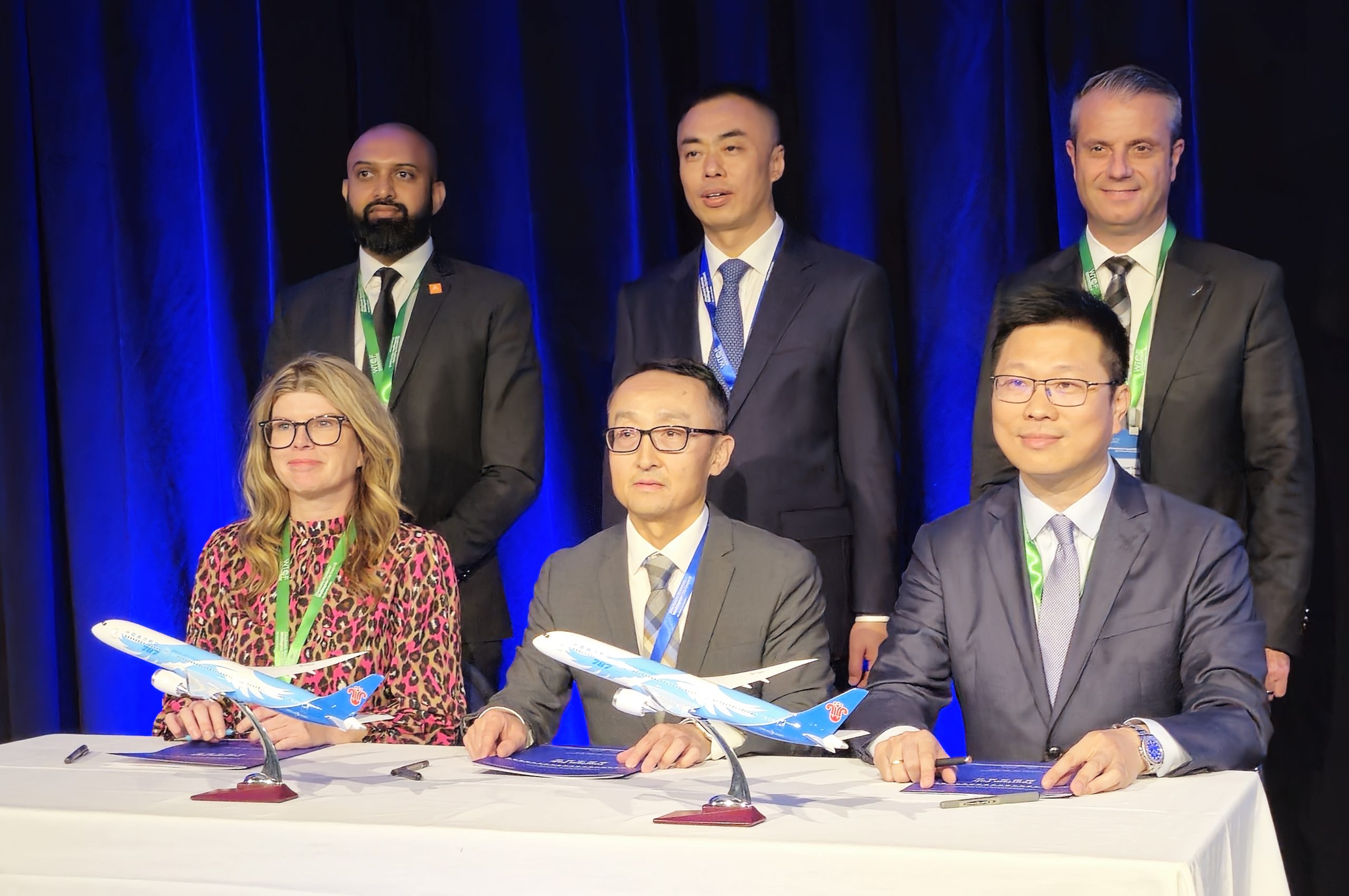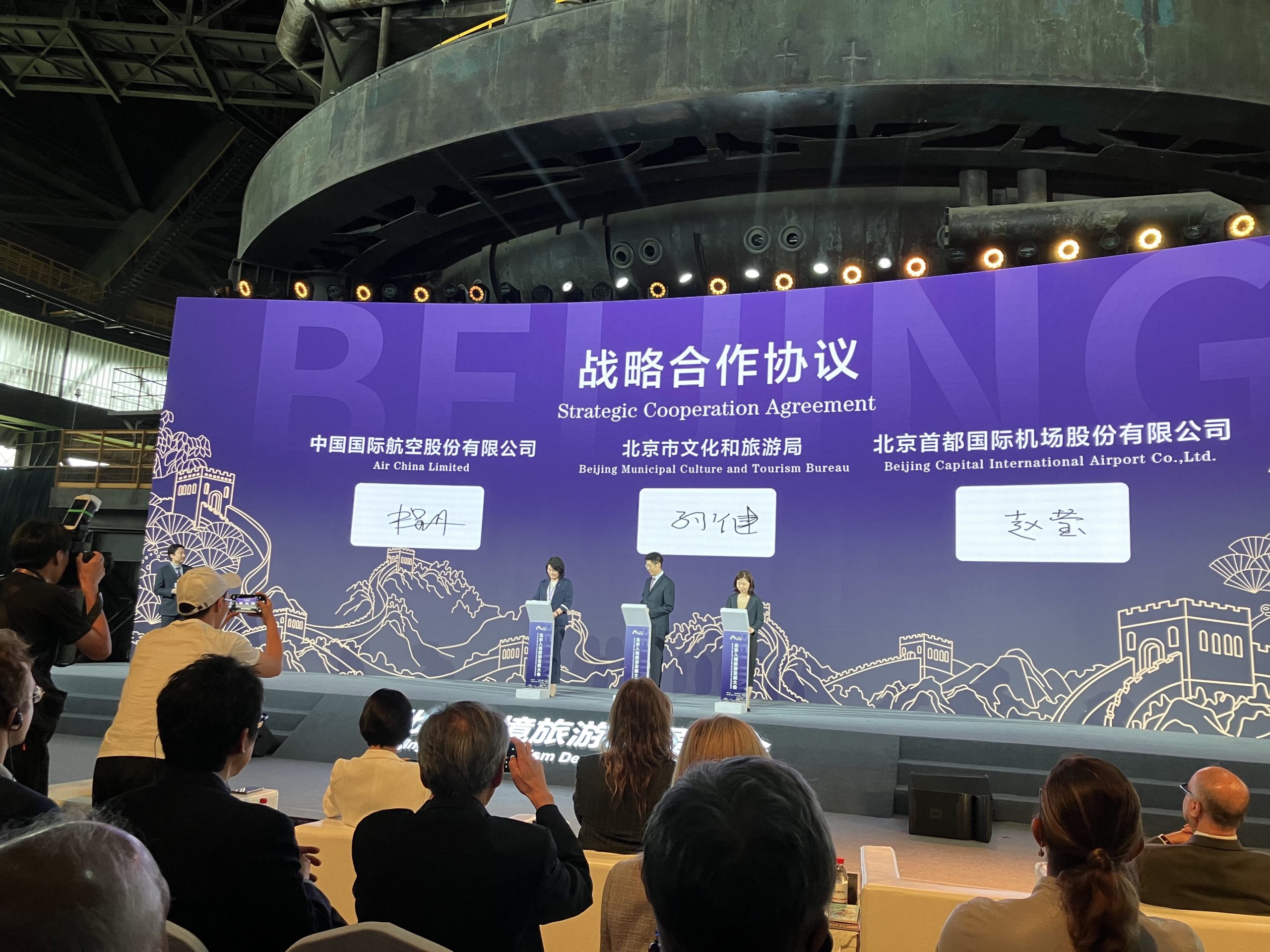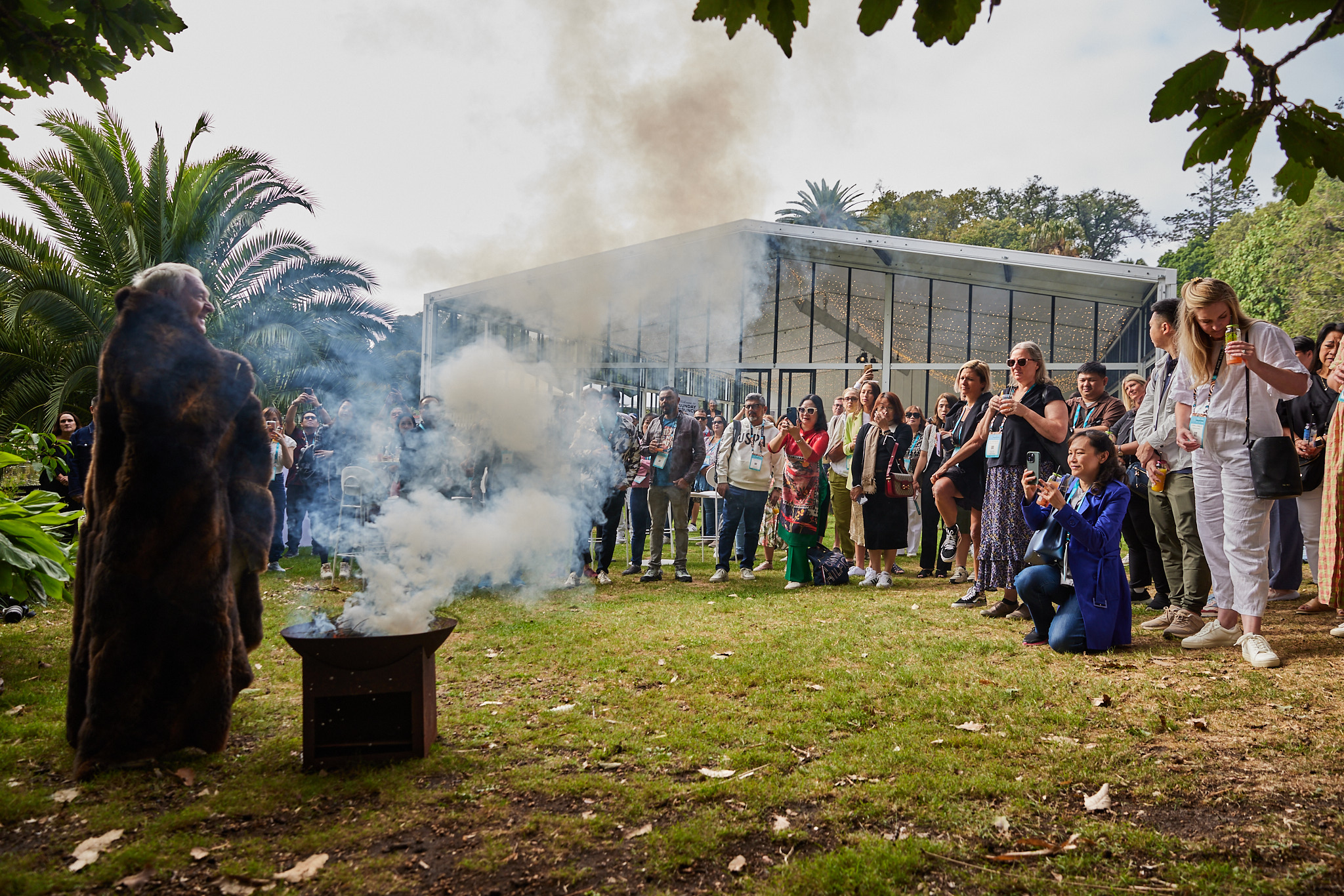Centuries ago the Gulf region was a hotspot for international traders, who sold their wares of spices, perfumes, precious gems and metals along the coastal strips of the Arabian peninsula. Then the oil boom of the 20th century created a level of wealth that would have left those traders dumbstruck.
Today, the Gulf states are coming to terms with a world where oil revenue cannot be taken for granted and have grasped the need to diversify their economies. Key to this turn has been tourism, and within that, meetings and incentives have become major targets of investment and competition.
Climate and culture combined with some of the highest in high-end luxury hotels and resorts make the Middle East an obviously attractive proposition. Add to this accessibility from most points of the globe, and you have the ingredients for a world-class destination.

There are still problems of perception though. Everyone involved in the Gulf tourism sector is at pains to point out that the Gulf states are stable and peaceful. It is misleading, they say, to see the whole of the Middle East as a place of conflict. The Middle East is a large and complex region, with substantial differences in levels of development and political systems.
Dubai has been the brashest and glitziest of the Gulf’s destinations. This is the kind of location that combines ancient mosques and forts with luxury shopping malls and hotels that ooze hedonistic decadence, without either seeming out of place. The soon-to-be opened Burj Dubai will not only become the world’s tallest building but will also feature the world’s first Armani Hotel, along with suites, a business centre, four pools and spas, an observation platform on level 124 and nearly 14,000sqm of fitness facilities.
Rising out of the desert, Dubai also boasts Ski Dubai inside the Mall of the Emirates, the third-largest indoor ski slope in the world. In this dry, naturally arid country there is also the 30-acre Burj Dubai Lake. which in turn hosts the world’s largest fountain. The Dubai Fountain is 275m long, equivalent to two football fields, and water spouts up to 150m in the air, the height of a 50-storey building.
It is still possible, nonetheless to get a taste of old Dubai. In the Al Bastakiya quarter in the east of the city overlooking Dubai Creek are old-fashioned houses that can cater to small- and medium-sized corporate events, featuring everything from belly dancers to henna painting. Events on the Creek itself are also popular, such as nighttime cruises.
Local destination management company Arabian Adventures has three specially equipped campsites Al Sahara, Al Sarab and Al Waha to cater for gatherings of between 10 to 600 guests. While Lisaili Fort, its largest campsite, can accommodate up to 5,000 guests. All these sites combine old-world Arab charm with modern amenities such as running water, electricity and restrooms.
Within the United Arab Emirates, it has been Dubai that has made the running in business events but this is changing.
Abu Dhabi is now staking a serious claim to regional business.
Dayne Lim, director of product development, Abu Dhabi Tourism Authority (ADTA) says that the Middle East was of growing importance and interest to Asian groups.
“Abu Dhabi is an obvious transit point for Asia and especially with the growing demand for energy resources for developing economies such as China and India, we think there is going to be tremendous potential for Asian groups to come here.”
The point is echoed by Gillian Taylor, ADTA’s Business Tourism (MICE) manager.
“Abu Dhabi clearly has its importance as a business destination but the government is keen to develop new areas of culture and leisure. We have fantastic hotels and some new attractions that will be unique in the region,” she says.
Central among these will be a Ferrari Theme Park on Yas Island, part of a US$40 billion development that will see new hotels, golf courses, a shopping mega mall and luxury residential complexes. Aside from a strong car theme, including a full-scale racetrack, the park will also leverage on Ferrari’s Italian heritage.
The island will also be home to the first Warner Brothers Theme Park in the Middle East (see www.yasisland.ae).
In Qatar a major step forward will be achieved in 2011, when the Qatar National Convention Centre opens its doors.
Qatar has been investing heavily in its infrastructure and a new airport is also slated to open around the same time, a new home for Qatar Airways. The airline’s spectacular rise has opened up the emirate like never before, giving it access to North America, Europe, Africa and Asia.
The new centre will feature a multi-purpose hall for 4,000 seated theatre-style, a 2,300-seat three-tiered auditorium and an additional 57 flexible meeting rooms to accommodate a wide range of events. There will also be 40,000sqm of exhibition space over nine halls, which can be adapted to seat 10,000 for a conference or banquet.
Paul D’Arcy, QNCC general manager, says: “Since Qatar is rich in energy resources, oil and gas conferences will be an obvious area. We have the World Petroleum Congress in November 2011, that will have 5,000 delegates. However, Qatar is ambitious and there is also a major effort to develop as a medical, educational and sporting events destination. So we can look at medical and academic conferences as well.”
To Qatar’s north is the kingdom of Bahrain, an archipelago of 33 islands, offering areas of cultural and archaeological interests alongside an advanced and modern infrastructure. As host to its very own Grand Prix, Bahrain offers opportunities for corporate hospitality too. The Bahrain International Circuit hosts around 400 corporate events per year and you can treat your top incentive winners to a spin around the track, emulating their F1 heroes.
Bahrain’s island environment can also be put to good use by arranging pearl diving lessons with qualified instructors. Natural pearls have been a Bahraini product for centuries. Successful divers not only get to keep anything they find but they also get a special Pearl Diver Specialist certificate from diving body PADI.
FAST FACTS
Access
Some of the world’s best airlines, such as Etihad, Emirates and Qatar, are based in the Gulf with a wide range of routes, connecting Europe, Africa and Asia with the Middle East.
Climate
Arid; mild, pleasant winters; very hot, humid summers. The Gulf states are characterised by a hot summer starting from June till the middle of September.
Winter is warm, with little rainfall. It starts from December till the end of February. The weather is generally pleasant during March, April, May, October and November.
Language
Arabic is the official language in the Gulf states, but English is widely spoken.
Visas
Citizens of many countries can get visa on arrivals. Organisers should check with relevant embassies for the latest visa regulations.
Contact
Abu Dhabi Tourism Authority MICE Team
Bahrain Exhibition and Convention Authority
DTCM
Oman Ministry of Tourism
Qatar MICE Development Institute
THE PROFESSIONALS
1001 Events & Tourism
Action Impact
Algosaibi Travel Bahrain
Arabian Adventures
arabian.adventures@emirates.com
Desert Adventures
patrick@desertadventures.ae
www.desertadventures.com
Purple Fire
Yasi Tours
DUBAI & NEIGHBOURS
day 1 Arrival
Afternoon: Arrival in Dubai. Meet and assist at Dubai International Airport through our English-speaking representative. Thereafter, transfer with guide to Madinat Jumeirah Resort, where guests will enjoy a non-alcoholic welcome drink before checking in. Evening: Dinner at Al Hambra restaurant at the resort.
day 2 Dubai City
Morning: After breakfast at Khaymat Al Bahar restaurant, guests depart the hotel around 9am to proceed for a city tour of Dubai with your guide.
This half-day city tour mesmerises you with the Old and New Dubai, where east meets west. En route we will see some of Dubai’s magnificent landmarks like the Burj Al Arab and the Palm Islands as we proceed to visit the grand Jumeirah Mosque (for a photo stop) which was built in 1979. We then move on toward old Dubai and visit the Dubai Museum.
This museum was initially a fort, which was known as Al Fahidi Fort built in 1787 from sea rocks. You will then be able to try out the traditional Abra also known as the water taxi which will take you to the exotic and famous Spice and Gold souks.
Lunch: At Al Dawaar Revolving Restaurant, on the 25th floor of the Hyatt Regency.
Afternoon: Pamper yourself with a treatment at Talise Spa.
Evening: Dinner at Persian restaurant Darya.
Overnight: At your hotel
day 3 Oman
Morning: Early breakfast at Arboretum in the resort. Today, you have the option to relax or visit Musandam (Oman). The journey sets off in the early morning at around 7am to go to Khasab via Ras Al Khaimah, which is a full-day tour of approximately 500km in total. Drive to Khasab, which is the capital of Musandam, through the panoramic, coastal road, overlooking the Gulf of Arabia and the Strait of Hormuz.
Lunchtime: To Musandam in the mid-morning and depart by traditional Omani dhow for a full-day cruise to the spectacular “Fjords of Musandam”. During the cruise the dhow is anchored at the famous Telegraph Island where you can swim and snorkel in the pleasant clears waters. Lunch, refreshments and fruits are served on board. Arrival back in Dubai at about 6pm.
Dinner: At Amaseena Lebanese restaurant in Arabian tents at the Ritz-Carlton.
day 4 Desert
Morning: Breakfast at Al Muna before checking out of Jumeirah Madinat and transferring to Shangri-La Hotel Dubai. Lunchtime: Cantonese dim sum at hotel’s Shang Palace.
Afternoon: As the weather cools we depart Dubai at approximately 3pm toward the desert. No visit to Dubai would be complete without a trip into the desert. Such excursions, offer a taste of the true heartland of Arabia.
The majestic and tranquility of the desert can be experienced by tailor-made safaris. These action-packed trips cover varied terrain ranging from desert to mountain and visits to camel and goat farms.
Safari ctivities will include:
Dune driving on sand is an adventure in itself, combining the excitement of a roller-coaster ride with the challenge of remaining mobile on the shifting surface Dune buggies can be arranged on request.
Sand-boarding Those with a taste for speed and enthusiasm for an unusual sport will enjoy sand-skiing down the dunes of the Dubai desert. Special boards are used and high dunes in the interior of the desert are chosen as slopes.
Camel riding The camel, a symbol of Arabia, is a major attraction. Camel rides are offered at the campsite.
Evening: Enjoy a Desert Feast. This safari culminates in the evening with spectacular sunset views followed by a traditional Arabian barbecue under the stars. This is a romantic and peaceful experience, yet also a fun-packed evening with music, belly-dancing and the smoking of hubble-bubble pipes. Our Bedouin campsite offers a relaxing backdrop while you enjoy the rhythm of Arabia.
Return: to the Shangri-La at around 9.30pm
Overnight: At your hotel.
day 5 Abu Dhabi
Morning: Breakfast at Dunes Cafe in
the resort.
Depart the hotel to visit Abu Dhabi, the capital of the United Arab Emirates with an English-speaking guide. The drive to Abu Dhabi, which is 165km away, takes about
90 minutes.
Abu Dhabi is the richest among the seven emirates that make up the UAE. It is a contrast of tall skyscrapers and traditional architecture depicting Islamic themes. We visit the Heritage Village, where one can get a first-hand look at the tradition and culture of Abu Dhabi.
We then visit the women’s Handicraft centre where one can see the local women performing handicrafts.
After that we visit Al Husn Palace, which is the oldest building in the city and it’s the only palace where tourists can enter. It was built in 1793 and belonged to the great grandfather of Sheikh Khalifa, the president of UAE.
Lunch: Indigo Indian restaurant at Beach Rotana Hotel.
Afternoon: We visit the Petroleum Museum, which projects Abu Dhabi’s emergence as one of the top oil-rich countries. Afterward, transfer back to Dubai, where you arrive at about 6pm.
Dinner: Morrocan-themed farewell banquet at the Marrakech restaurant in the hotel.
day 6 Departure
Morning: Breakfast at hotel then transfer from the Shangri-La to Dubai International Airport
Source: Adapted from programme by 1001 Events



Desert safari Dubai price says:
Incredible article. I have long been eager to adapt new things in relation to this topic, and there is no doubt that I will do so from today.
thedesertsafaridubai.com